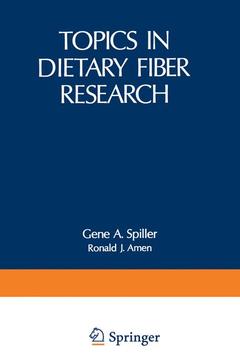The study of plant fibers and their effect on human physiology has suddenly, after many years of comparative obscurity, been catapulted to the forefront of the scien tific world. This new interest, first ignited by certain epidemiological reports, has been intensified by new re search and by dramatization in the lay press. To counter act the dissemination of inaccurate information and to elimi nate confusion, several authors have felt the need to make objective, unbiased reports available to the scientific community. The collection of papers in our own Fiber in Human Nutrition (Plenum Press, 1976) is one such effor~ However, even as it was going to press, we realized that increased interest in specific areas of fiber research necessitated a more detailed and up-to-date look at certain topics. This book is directed to that purpose. The first volume of Fiber in Human Nutrition was de signed as a basic reference textbook covering the entire spectrum of plant fibers from chemical, analytical, physico chemical, physiological, medical and epidemiological points of view. The present volume, which enlarges on specific aspects of dietary fiber, is offered as a supplement to Fiber in Human Nutrition. Together, the two volumes should be a most valuable source of information for the student of the scientific intricacies of fiber. An ongoing concern is that many of the substances dealt with in these and other "fiber" books are not, in the clas sical sense, of a fibrous nature at all.




